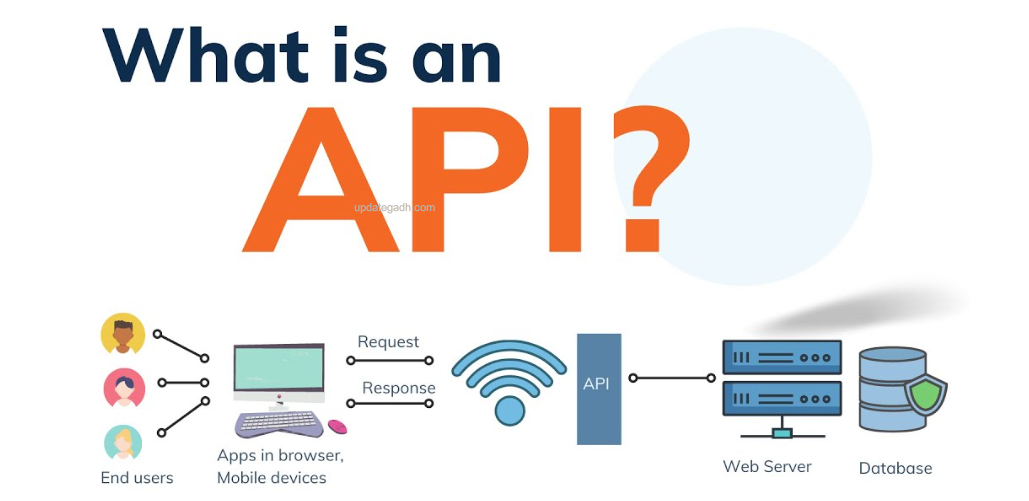
Database Design and Management
What is Database Design and Management?
In the digital age, data is the backbone of almost every decision-making process. Whether it’s a business trying to understand its customers, a researcher analyzing trends, or a student managing assignments, data is the key to success. However, how can you efficiently manage this data? This is where Database Design and Management come into play.
Table of Contents
Understanding Database Design
The process of developing an organized framework for efficient, accessible, and scalable data organization is fundamental to database design. Imagine trying to organize a library without any system. Books would be all over the place, making it impossible to find what you’re looking for. Database design ensures that data is stored logically, making it easy to retrieve, update, and analyze.
The design process involves several steps:
- Requirement Gathering: Understanding what the database will be used for and what data it needs to store.
- Conceptual Design: Creating an abstract model of how the data will be organized, often using tools like Entity-Relationship Diagrams (ERDs).
- Logical Design: Translating the conceptual design into a logical structure that can be implemented in a database management system (DBMS).
- Physical Design: Determining how the data will actually be stored on disk, taking into account factors like performance and storage efficiency.
- Complete Python Course : Click here
- Free Notes :- Click here
- New Project :-https://www.youtube.com/@Decodeit2
- Java Projects – Click here
Importance of Good Database Design
A well-designed database can significantly impact the performance of applications that rely on it. Poorly designed databases, on the other hand, can lead to slow query times, data redundancy, and even system crashes. By investing time in proper database design, you can ensure that your data is both reliable and easily accessible.

Database Management: The Next Step
Once the database is designed and implemented, the next step is database management. This involves a range of tasks aimed at maintaining and optimizing the database over time. These tasks include:
- Backup and Recovery: Ensuring that data is regularly backed up and can be restored in the case of a failure.
- Performance Tuning: Optimizing queries and database configurations to ensure fast and efficient data retrieval.
- Security Management: Putting safeguards in place to prevent data breaches and illegal access to the database.
- Data Integrity and Consistency: Ensuring that the data remains accurate and consistent across the database.
- Monitoring and Maintenance: Regularly checking the database for issues and performing necessary updates and optimizations.
The Role of a Database Administrator (DBA)
The person responsible for database management is often referred to as a Database Administrator (DBA). DBAs play a crucial role in ensuring the database operates smoothly, efficiently, and securely. Their tasks range from setting up the database initially to managing its performance and security over time.

Why Database Design and Management Matter
In today’s data-driven world, the ability to effectively design and manage databases is more important than ever. Companies rely on databases to store everything from customer information to financial data, and any issues with these databases can have serious consequences.
Good database design and management can:
- Improve Performance: A well-designed and managed database can handle large amounts of data without slowing down, ensuring that applications run smoothly.
- Reduce Costs: Efficient database design can minimize the need for expensive hardware and storage solutions, while effective management can prevent costly downtime.
- Enhance Security: Sensitive information is shielded from potential breaches and unwanted access thanks to proper administration.
- Ensure Data Integrity: Good design and management practices help maintain the accuracy and consistency of data, which is crucial for decision-making.
Common Challenges in Database Design and Management
Despite its importance, database design and management are not without their challenges. Some common issues include:
- Scalability: As the amount of data grows, the database must be able to scale without compromising performance.
- Complexity: Designing a database that meets all requirements while remaining simple and efficient can be difficult.
- Security: Protecting the database from external threats and internal vulnerabilities requires constant vigilance.
- Data Migration: Moving data from one database to another can be a complex and error-prone process.
The Future
As technology continues to evolve, so too will the field of database design and management. New trends like cloud computing, big data, and artificial intelligence are already having a significant impact on how databases are designed and managed.
For example, cloud-based databases allow companies to scale their data storage needs without having to invest in physical infrastructure. Meanwhile, AI-powered tools can help automate many of the tasks traditionally performed by DBAs, such as performance tuning and security monitoring.
Share this content:








Post Comment